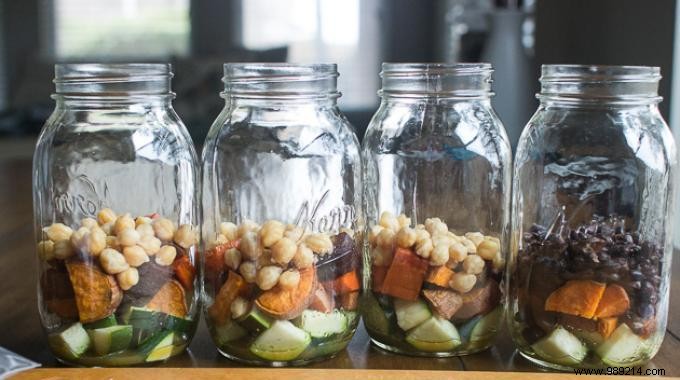
More and more people are becoming vegetarians or decreasing their meat consumption.
This choice automatically implies limiting animal protein intake.
To compensate for this lack, it is logically necessary to find in nature a new source of protein, vegetable this time.
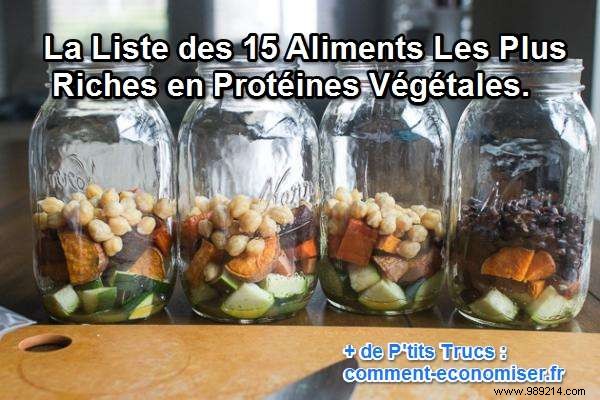
Wondering where to find new sources of vegetable protein?
Check out the 15 Highest Plant-Based Protein Ingredients Every Vegetarian Should Know:
65g protein per 100g

This magical seaweed is an excellent source of vegetable protein. It is twice as concentrated in vegetable proteins as soy:for 100 grams of spirulina, we obtain 65 g of protein. These exceptional qualities in proteins and amino acids mean that it often replaces meat in developing countries.
36g protein per 100g

That said, soy remains a very interesting source of vegetable protein. On 100 g of soybeans, there are 36 g of protein. At equal volume, it contains more iron and protein than beef, which makes it a very good alternative. It is also rich in essential fatty acids, an asset to thwart cholesterol.
26g protein per 100g
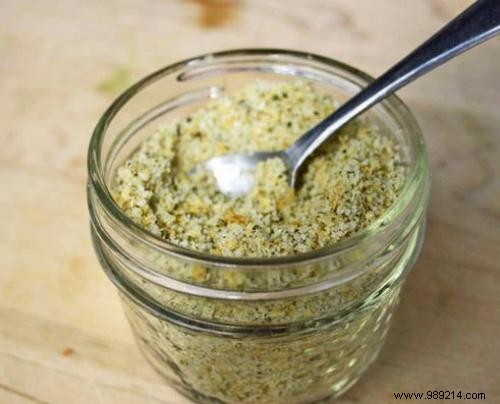
Less known than soybeans or even spirulina, hemp seeds have many nutritional benefits:they are rich in omega-3, vitamins A, D and E, and are a very good source of vegetable protein. 26 g of protein for 100 g of hemp seeds, that's still a more than honorable score!
25g protein per 100g
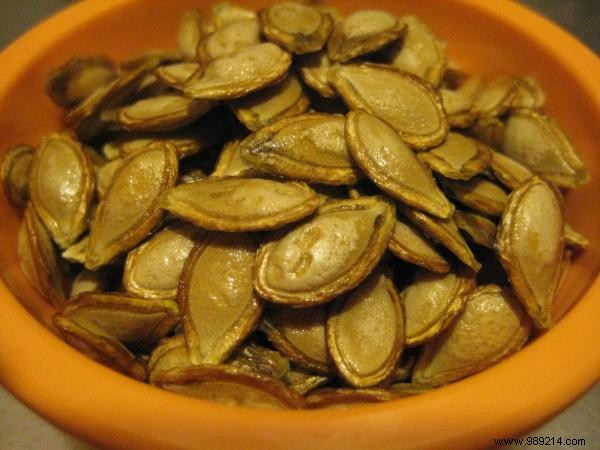
You don't know them yet? Soon you won't be able to do without it! Full of vegetable proteins (25 g per 100 g), pumpkin seeds can be eaten grilled or plain, as an aperitif, in salads, pies or soups. They allow you to fill up with minerals (iron, zinc, copper, potassium calcium) and vitamins A, B1 and B2.
25g protein per 100g
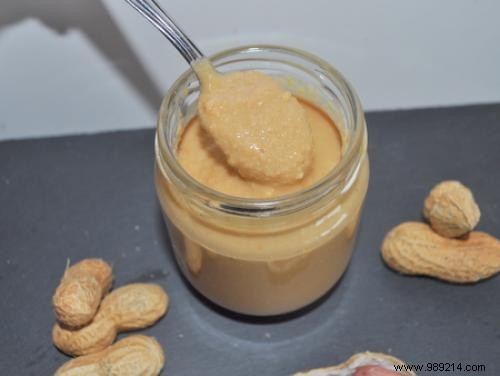
Because it is very fatty and therefore caloric, peanut butter does not have a good press. However, it is not entirely wrong since it provides 25 g of protein per 100 g! Zinc, phosphorus, vitamins B3 and of course vegetable proteins also make it up.
25g protein per 100g
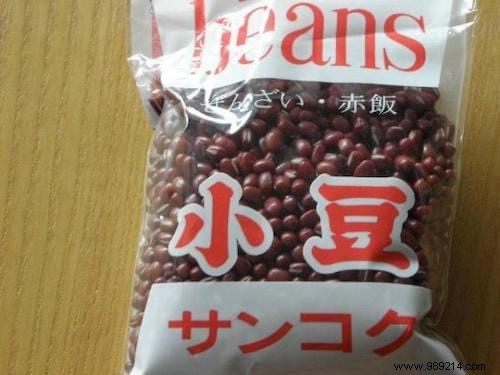
As its name suggests, the Azuki bean is Japanese. Discreet in France, it deserves to be better known in view of its interesting protein level:25 g per 100 g. It is eaten mashed or as an accompaniment with lentils or chickpeas.
23g protein per 100g
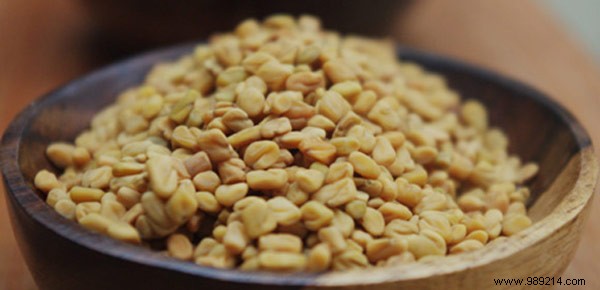
A little lower in protein than the other foods described, fenugreek is a delicious spice. Originally from the Middle East, fenugreek goes well with other spices, stews, white meats...
Better to consume it in powder, because the seeds are hard. On the other hand, they are rich in fiber, protein (23 g per 100 g), facilitate digestion and stimulate the appetite.
20g protein per 100g
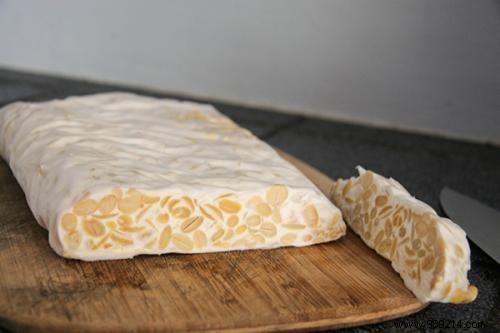
Tempeh is better known in Asia than in our country. Wrongly since it is a good source of vegetable protein. It is made with fermented soybeans. In Indonesia where it is commonly consumed, it comes in the form of cheese. Its cousin is tofu, which provides 11.5 protein per 100 g.
20g protein per 100g
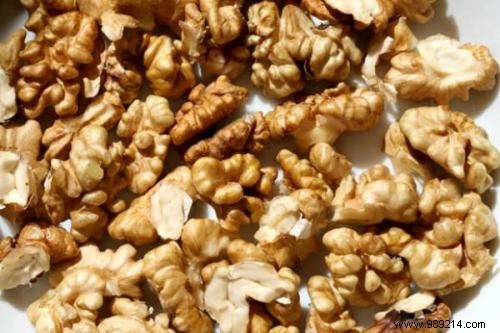
Back to our latitudes with walnuts. Delicious, the walnut is an undeniable health asset, just like other nuts such as hazelnuts, almonds, pistachios... It provides 20 g of protein per 100 g and also provides effective plant sterols to fight against bad cholesterol.
19g of protein per 100g
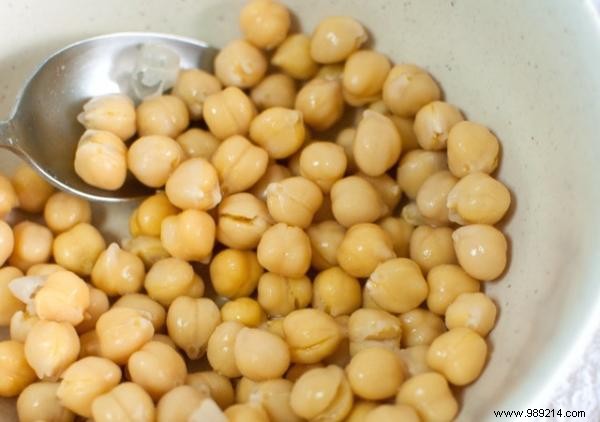
It is the queen legume of the Mediterranean basin. We love chickpeas for their taste and their high protein content (19 g per 100 g) but also for their fiber, magnesium and calcium intake. To be consumed without moderation in the form of salads, hummus...
17g of protein per 100g
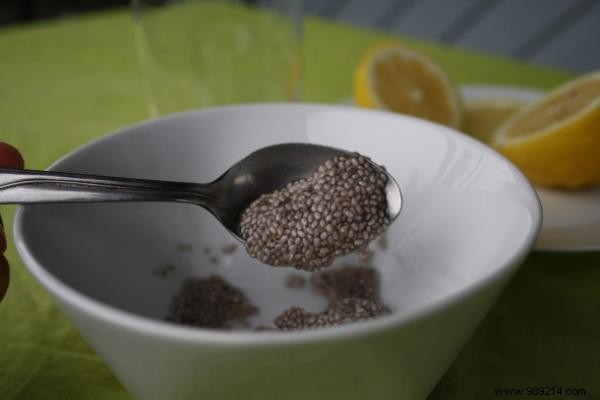
It is the darling of women's magazines. Delicious in smoothies, chia seeds are often associated with detox cures. This seed from Latin America is rich in protein (17 g per 100 g), antioxidants, fiber, potassium and omega-3.
To discover:The 10 Benefits Of Chia Seeds That Nobody Knows.
15g protein per 100g
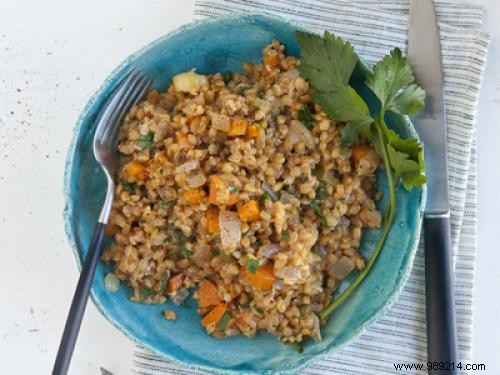
Spelled is a cereal, just like corn or rice. But unlike its cousins, it has a higher protein rate:15 g per 100 g.
14g of protein per 100g
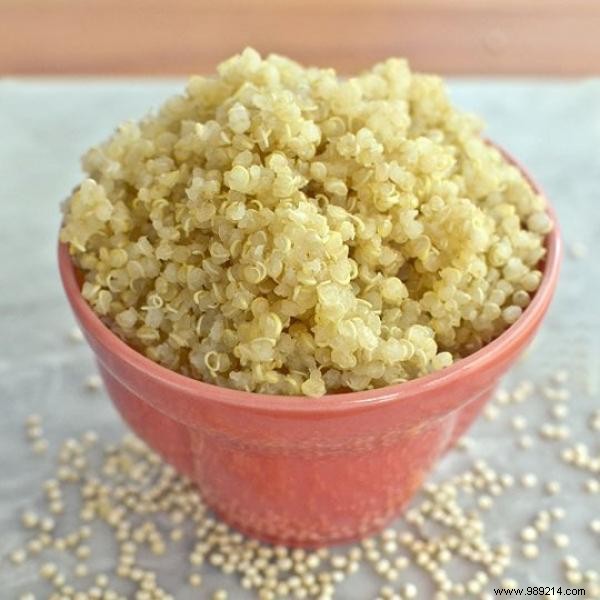
The quinoa seed also comes from the South American continent. Widely used in Andean countries, quinoa is rich in vegetable proteins, amino acids, fibre, mineral salts and non-heme iron. Good to know, the quinoa seed does not contain gluten. It is therefore an excellent alternative to rice.
To discover: Tabbouleh with Quinoa:an Original and Gluten-Free Recipe!
13 g of protein per 100 g
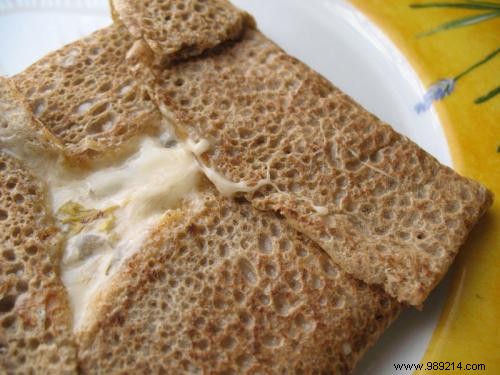
This ancient cereal is well known in Europe, Asia and the Far East. It is eaten like rice except that it is a good source of vegetable protein (13 g per 100 g), manganese, magnesium and copper. Like quinoa, buckwheat does not contain gluten.
13 g of protein per 100 g
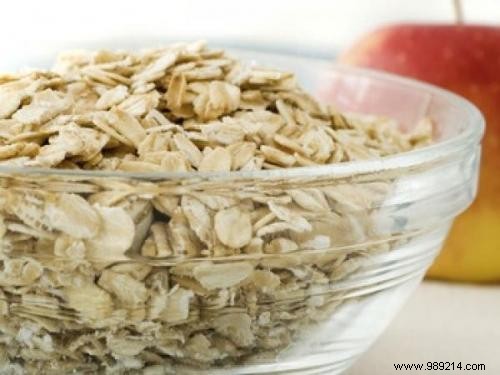
Last on our list, oat bran is still an interesting source of vegetable protein, but also fiber, magnesium, iron and zinc. Consumed in the form of milk, it also has slimming, anti-diabetes and cholesterol-lowering properties.
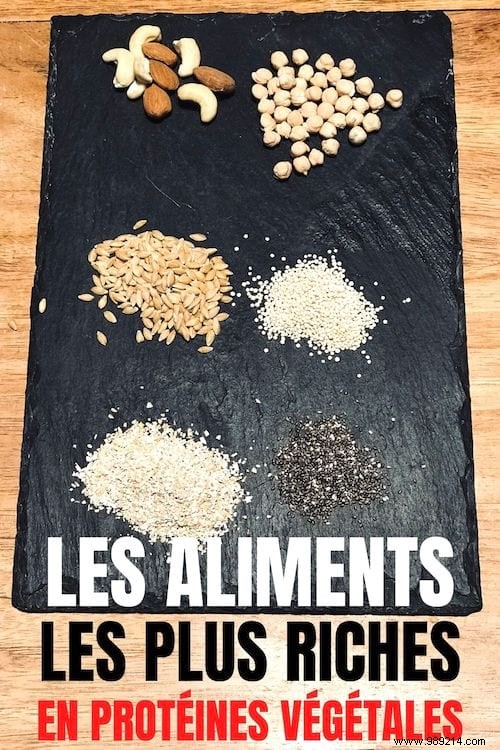
There you go, you now know the best sources of vegetable protein to replace animal protein :-)